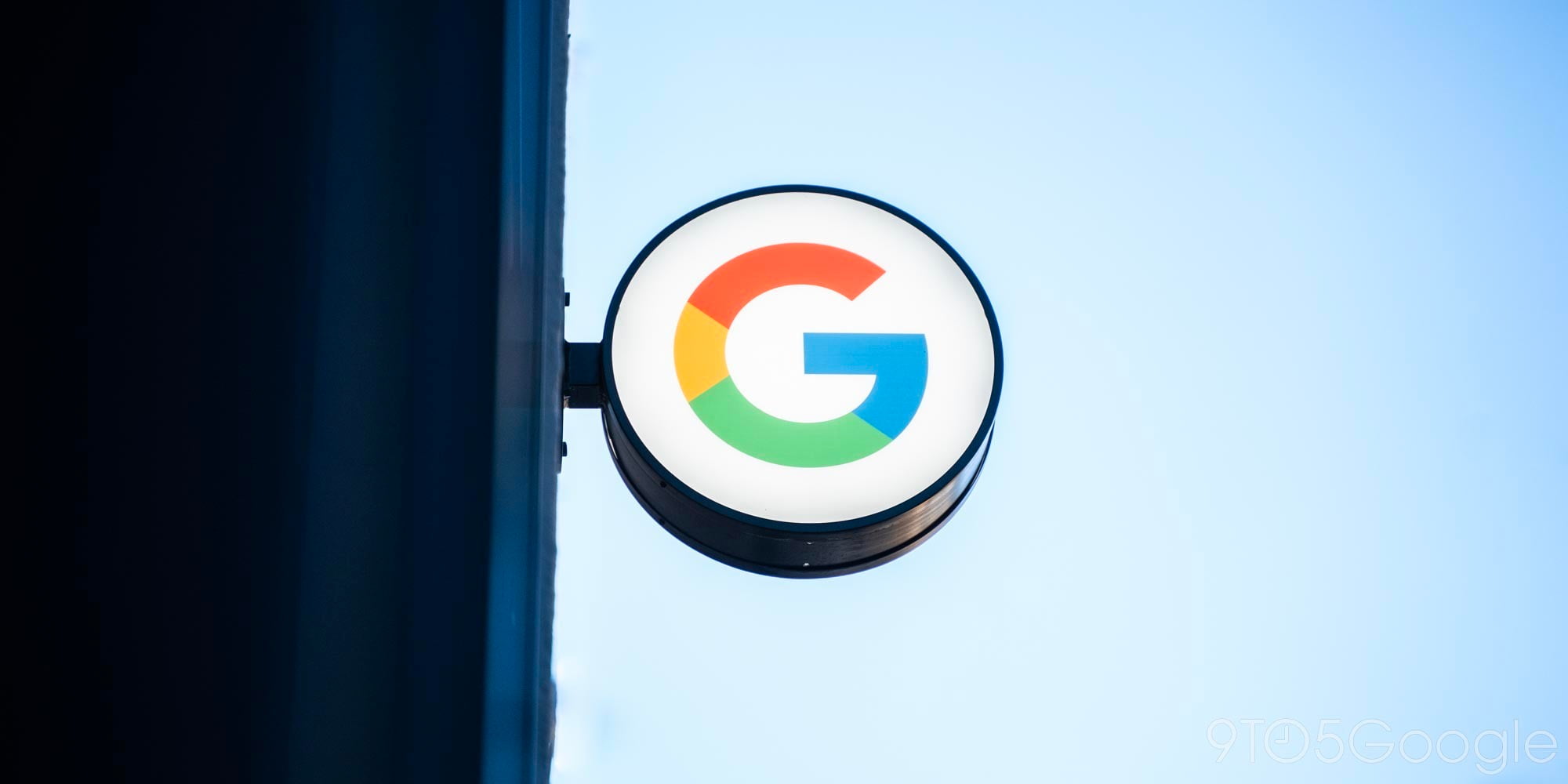

Following news that Lenovo would be phasing out the Motorola brand-name, tech enthusiasts globally were intrigued to hear what else the company’s new owners had in store for us. Will Moto phones be just as good as they have been in the past? Will they keep the stock Android experience?
Lenovo’s chief, having spilled the beans regarding Google’s plans to launch its Play Services in China this year was seemingly keen to also share his thoughts on the Moto brand and what the next couple of years has in store for the fashionable smartphone family. As with all changes made when new owners take over, there’s both good news and bad news…
Talking to Tech Sina, Chen Xudong stated that he didn’t understand why the Moto lineup is completely devoid of fingerprint sensors. With virtually all other high-end smartphones featuring fingerprint scanners, Moto’s choice not to have one is a little baffling. Xudong stated that all of Lenovo‘s Moto-branded smartphones will have fingerprint sensors this year.
Another silver lining for those of us who love Moto Maker is that Xudong is keen for Moto phones to retain their identity. He wants to ensure the smartphones keep their unique design style, but there will be changes made. Lenovo might, for instance, decide to release all-metal devices in China where they’re incredibly popular. That said, metal does have its drawbacks, like the inability to install a wireless charging receiver. What’s more, his market research revealed that US customers really care about the way their phone feels, so keeping silicone, leather and wood-covered options makes complete sense too. This may lead to different options being offered in China and Asia.
Perhaps the one other interesting tidbit of information to come from this report is that Lenovo isn’t planning on making any Moto-branded phones with a screen size smaller than 5-inches diagonally. At least, not this year. Part of this is because it wants to offer its own-brand ‘Vibe’ phones as its low-end options, leaving Moto phones higher up the market. The other part is that big phones are now the norm, and smartphones are now seen as two-handed devices, not one-handed anymore.
This could either spell the end of the Moto E range, or mean that Lenovo plans to make it big. One could argue, that even without the Moto E, the company’s Moto lineup is still pretty strong. The Moto G, Moto X Style/Pure, Moto X Play (DROID Turbo 2) and Moto X Force (DROID Maxx 2) each offer something unique to the market at competitive prices.
Regarding the Moto G specifically, the Lenovo chief did seem to indicate that the affordable smartphone will likely be updated with a metal frame this year. Although popular in Latin America and Europe, the trend or “craze” for metal phones, even at the low end of the market, is too big to ignore.
All in all, Lenovo is only planning on releasing 15 phone models this year, between its own brand and the Moto lineup.
If there’s one piece of bad news from the comments made by the company’s chief, it’s that the company (eventually) plans to cross Lenovo’s custom Vibe UI with the stock Android UI found on the Moto range currently. What that could mean is that by 2017, Moto smartphones may not have a pure, stock version of Android anymore. Lenovo will instead unify its own-brand and Moto-brand smartphones by loading the same software experience on both. Let’s hope that doesn’t mean future Moto X phones will be pre-loaded with a bunch of bloatware we can’t uninstall.
FTC: We use income earning auto affiliate links. More.






Comments